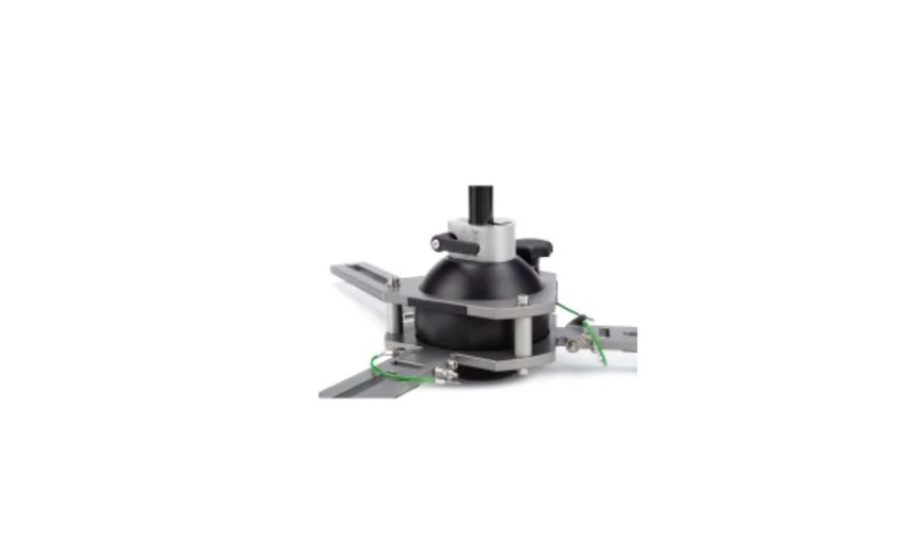Introduction
https://multigrafico.com/khalil-chishtee-no-todo-el-arte-es-belleza/ Art is a reflection of human experience, often celebrated for its beauty and aesthetic appeal. However, there are artists who challenge this conventional notion, arguing that art is not solely about beauty but about conveying deeper, sometimes uncomfortable truths. Khalil Chishtee, a contemporary artist, exemplifies this belief through his thought-provoking creations. His work invites viewers to question the very essence of art and its role in society.
The title of his feature, “No Todo El Arte Es Belleza,” meaning “Not All Art is Beauty,” sets the tone for an exploration of Chishtee’s unique artistic philosophy. This article delves into his background, notable works, and the thematic elements that define his art, while also analyzing the broader implications of his approach https://multigrafico.com/khalil-chishtee-no-todo-el-arte-es-belleza/
Khalil Chishtee: A Background
Born in Pakistan and currently based in the United States, Khalil Chishtee’s journey as an artist has been marked by a constant quest to push boundaries. His early life in Pakistan exposed him to a rich cultural tapestry, which later influenced his work. Chishtee’s art is deeply rooted in his personal experiences, reflecting the complexities of identity, migration, and the human condition.
After moving to the United States, Chishtee continued to develop his artistic voice, drawing on his multicultural background to create works that resonate on a global scale. His art often grapples with themes of displacement, loss, and the transient nature of existence, challenging viewers to see beyond the superficial https://multigrafico.com/khalil-chishtee-no-todo-el-arte-es-belleza/
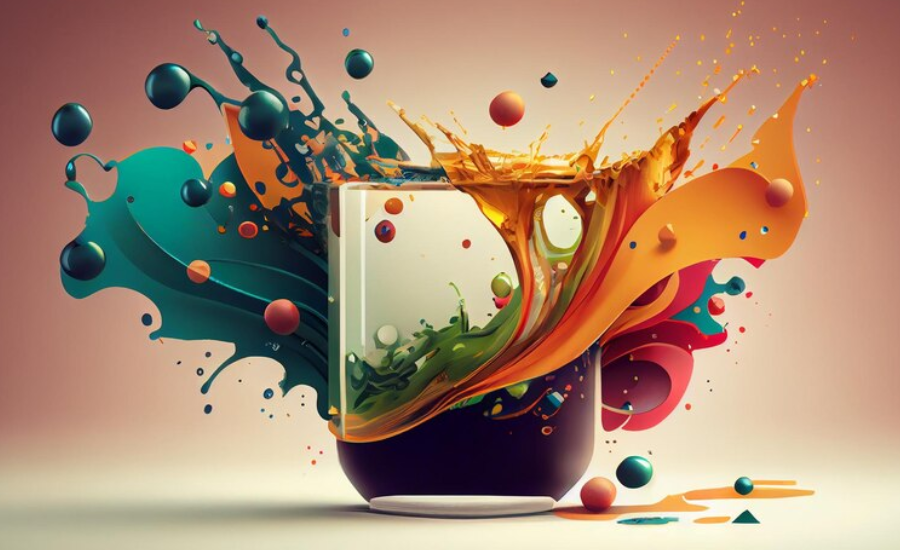
Challenging the Notion of Beauty in Art
At the heart of Chishtee’s work is a challenge to the traditional concept of beauty in art. While beauty has long been a central criterion for evaluating art, Chishtee’s creations suggest that art’s true value lies in its ability to provoke thought, evoke emotions, and inspire change.
Chishtee’s sculptures, often made from everyday materials like plastic and found objects, are a testament to his belief that art does not need to be beautiful to be impactful. Instead, his work embodies a raw, unpolished aesthetic that speaks to the imperfections of the human experience. Through his art, Chishtee invites viewers to confront uncomfortable realities, such as environmental degradation, social inequality, and the fragility of life.
Notable Works and Themes
One of Chishtee’s most recognized works is a series of sculptures made entirely from discarded plastic bags. These sculptures, which depict human figures in various states of contemplation and despair, serve as a powerful commentary on consumerism and environmental neglect. By repurposing materials that are often seen as waste, Chishtee highlights the potential for art to transform the ordinary into something profound.
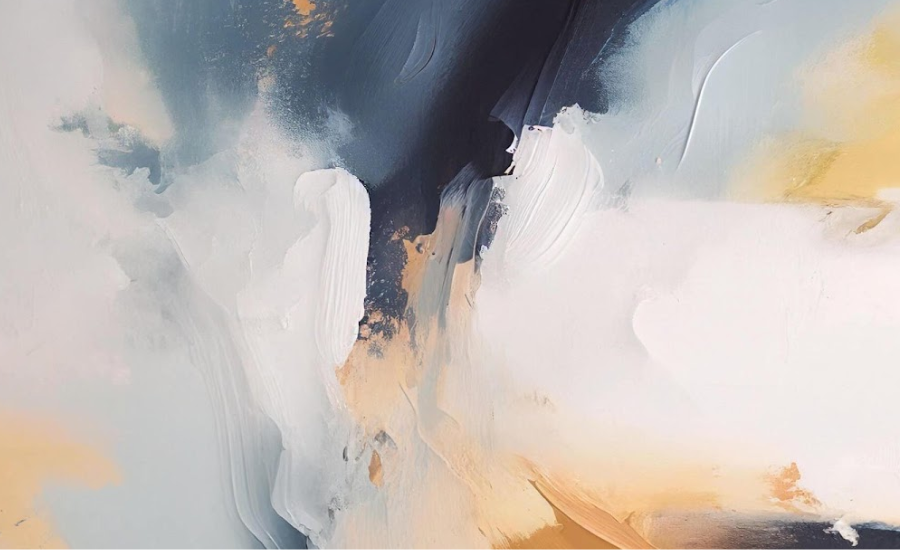
Another recurring theme in Chishtee’s work is the concept of migration and the sense of being “in-between” cultures. His sculptures often convey a sense of movement, as if the figures are caught in a state of transition. This reflects Chishtee’s own experiences as an immigrant, as well as the broader experiences of those who have been displaced from their homes https://multigrafico.com/khalil-chishtee-no-todo-el-arte-es-belleza/.
In one of his most poignant pieces, Chishtee created a life-size sculpture of a mother and child, both made from layers of tattered plastic. The sculpture captures the vulnerability and strength of those who are forced to leave everything behind in search of a better life. The use of plastic, a material that is both fragile and resilient, mirrors the precariousness of the migrant experience.
Analyzing Chishtee’s Techniques and Intentions
While Chishtee’s work is visually striking, it is the deeper meanings and intentions behind his creations that truly set him apart. His use of materials like plastic and found objects is not merely a stylistic choice, but a deliberate commentary on the disposable nature of modern society. By transforming trash into art, Chishtee challenges the viewer to reconsider what is valuable and what is expendable.
Moreover, Chishtee’s sculptures often lack the polished finish that is typically associated with fine art. This deliberate roughness adds to the emotional weight of his work, making it more relatable and accessible. The imperfections in his sculptures mirror the imperfections in human life, emphasizing the idea that beauty can be found in the flawed and the broken.
Chishtee’s artistic process is also noteworthy for its emphasis on spontaneity and intuition. Rather than meticulously planning each piece, he allows the materials to guide his creative process, resulting in works that are organic and unpredictable. This approach reflects Chishtee’s belief that art should be a reflection of life, with all its uncertainties and surprises https://multigrafico.com/khalil-chishtee-no-todo-el-arte-es-belleza/.
The Broader Implications of Chishtee’s Work
Chishtee’s art goes beyond personal expression to address broader societal issues. His work raises important questions about the role of art in a world that is increasingly defined by consumption and waste. By using discarded materials to create his sculptures, Chishtee makes a powerful statement about the need for sustainability and environmental responsibility.
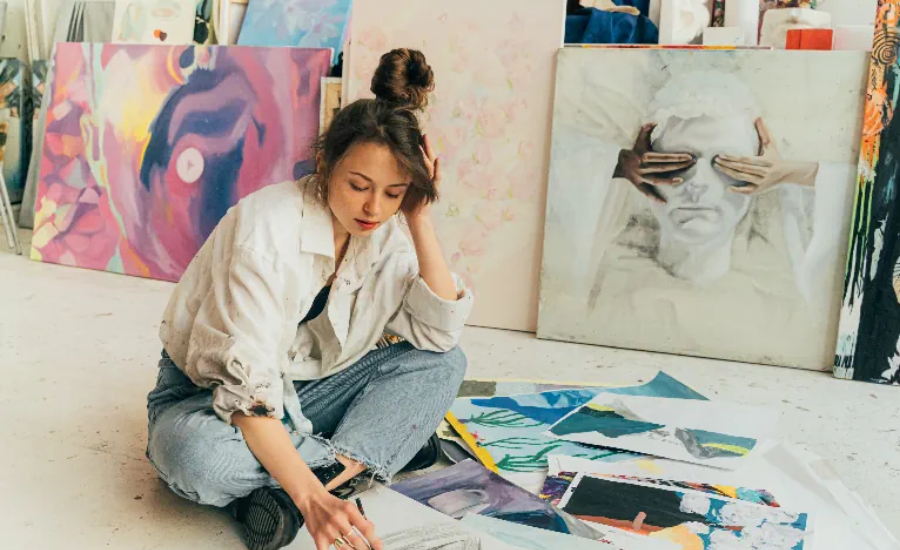
Furthermore, Chishtee’s exploration of migration and displacement resonates with contemporary global challenges, such as the refugee crisis and the rise of nationalism. His art serves as a reminder of the shared humanity that connects us all, regardless of borders or cultural differences. Through his work, Chishtee advocates for empathy and understanding in a world that is often divided by fear and prejudice.
The Intersection of Art and Activism
In many ways, Chishtee’s work can be seen as a form of activism. By challenging conventional notions of beauty and pushing the boundaries of what is considered art, he encourages viewers to think critically about the world around them. His sculptures are not just objects of aesthetic appreciation, but powerful tools for social change.
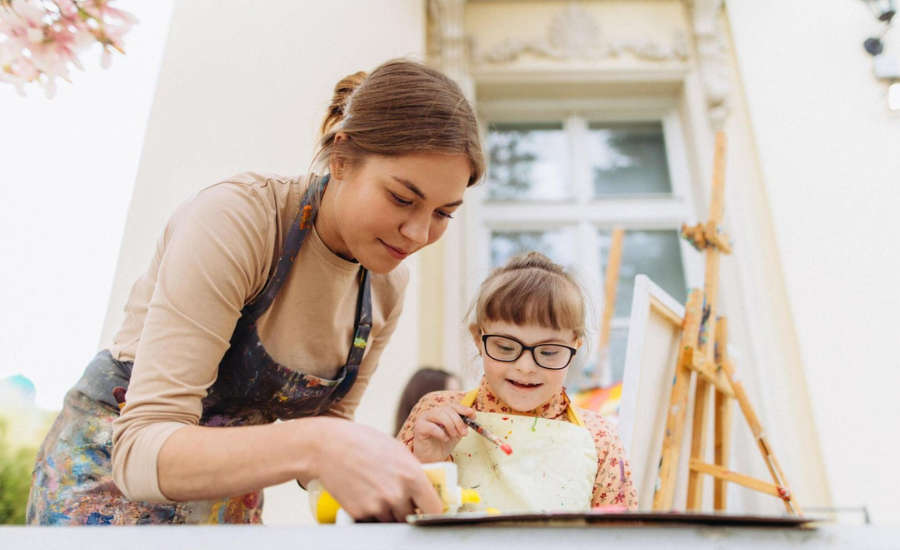
Chishtee’s art also serves as a critique of the art world itself, which often prioritizes market value and prestige over meaningful content. By using humble materials and embracing imperfection, Chishtee rejects the elitism that can sometimes pervade the art world. Instead, he creates art that is accessible to all, regardless of socioeconomic status or cultural background.
Engaging with Chishtee’s Work
For those interested in exploring Chishtee’s work further, there are several ways to engage with his art. Many of his sculptures are displayed in galleries and public spaces, where they can be viewed up close. Additionally, Chishtee frequently participates in art exhibitions and talks, where he shares insights into his creative process and the themes that inspire his work.
For those unable to view his work in person, Chishtee’s art can also be experienced online. His website and social media platforms feature images of his sculptures, as well as videos that provide a behind-the-scenes look at his artistic process. These digital platforms allow viewers from around the world to connect with Chishtee’s art and engage in conversations about the issues he addresses.
SEO Considerations and Content Optimization
In crafting content about an artist like Khalil Chishtee, it is important to ensure that the information is both engaging and optimized for search engines. This involves the strategic use of keywords, such as “Khalil Chishtee,” “contemporary art,” and “sustainability in art,” which can help the content rank higher in search engine results.
Meta descriptions should be carefully crafted to summarize the content and entice readers to click on the link. For example, a meta description for this article might read: “Explore the thought-provoking art of Khalil Chishtee, a contemporary artist who challenges conventional notions of beauty and uses discarded materials to create powerful social commentary.”
Internal linking is another key aspect of SEO. Linking to related articles or pages on the same website can improve the site’s overall SEO and keep readers engaged for longer periods. Additionally, all images used in the article should have descriptive alt text, which not only improves accessibility but also enhances SEO.
Enhancing User Experience
A positive user experience is essential for keeping readers engaged and encouraging them to explore more content. This can be achieved through a clean and visually appealing design, easy navigation, and fast loading times. Given that many users access content on mobile devices, ensuring that the website is mobile-friendly is also crucial.
In terms of content, incorporating multimedia elements, such as images and videos, can enhance the reader’s understanding of the subject matter. For example, including images of Chishtee’s sculptures alongside descriptions of his work can provide visual context and make the content more engaging.
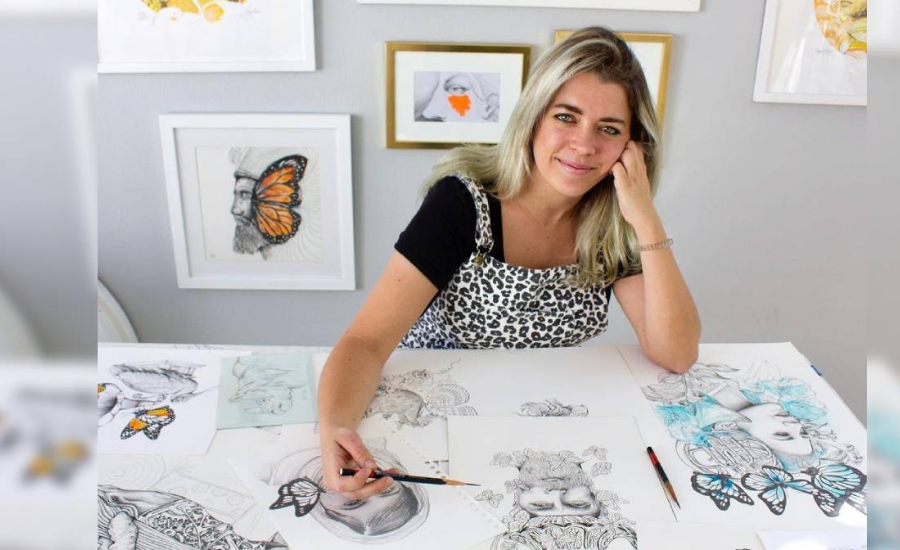
Adding interactive elements, such as polls or quizzes, can further engage readers and encourage them to think critically about the topics discussed. For instance, a quiz on the impact of art on social issues could be a valuable addition to the article.
Facts
- Artistic Philosophy: Khalil Chishtee believes that art should provoke thought and inspire change, rather than simply serve as a display of beauty.
- Cultural Influence: Chishtee’s multicultural background, having grown up in Pakistan and later moving to the United States, deeply influences his art, which often explores themes of migration and identity.
- Environmental Message: Through his use of discarded materials, Chishtee’s work highlights the importance of sustainability and questions society’s wastefulness.
- Emotional Impact: His sculptures often depict human figures in states of contemplation or despair, reflecting the vulnerability and resilience of the human spirit.
- Global Resonance: While Chishtee’s work is personal and rooted in his experiences, the themes he explores have universal relevance, resonating with global audiences.
FAQs
Q: Who is Khalil Chishtee?
A: Khalil Chishtee is a contemporary artist known for his thought-provoking sculptures that challenge conventional notions of beauty. Born in Pakistan and currently based in the United States, Chishtee uses everyday materials like plastic and found objects to create art that reflects on themes of identity, migration, and environmental sustainability.
Q: What is the main theme of Khalil Chishtee’s art?
A: The central theme of Khalil Chishtee’s work is that art is not solely about beauty. His art often addresses deeper, more complex issues such as the impermanence of life, environmental degradation, and the experiences of displacement and migration.
Q: What materials does Khalil Chishtee use in his sculptures?
A: Chishtee primarily uses everyday, discarded materials such as plastic bags, found objects, and other waste products. These materials, often seen as trash, are repurposed into sculptures that convey powerful social and environmental messages.
Q: How does Khalil Chishtee’s art challenge conventional beauty?
A: Chishtee’s art defies the traditional aesthetic of polished, beautiful art by embracing imperfection and using humble, often discarded materials. His work encourages viewers to see beauty in the flawed and to reconsider the value of objects and concepts that are typically overlooked or deemed unimportant.
Q: Where can I see Khalil Chishtee’s work?
A: Chishtee’s work is exhibited in galleries and public spaces around the world. Additionally, his sculptures and artistic process can be explored online through his website and social media platforms, making his art accessible to a global audience.
Conclusion
Khalil Chishtee’s art serves as a powerful reminder that beauty is not the only measure of artistic value. Through his innovative use of everyday materials, Chishtee creates sculptures that challenge viewers to think critically about the world around them. His work explores complex themes such as environmental degradation, migration, and the human condition, all while pushing the boundaries of what is traditionally considered art.
By embracing imperfection and using art as a platform for social commentary, Chishtee not only redefines beauty but also advocates for a more thoughtful and sustainable approach to both art and life. His work stands as a testament to the idea that art can be both impactful and meaningful, even when it diverges from conventional standards of beauty.
As audiences continue to engage with Khalil Chishtee’s work, they are invited to look beyond the surface and consider the deeper messages his art conveys. Through his unique approach, Chishtee reminds us that art has the power to inspire change, challenge perceptions, and connect us on a profoundly human level.
Read More: News Week Blog

